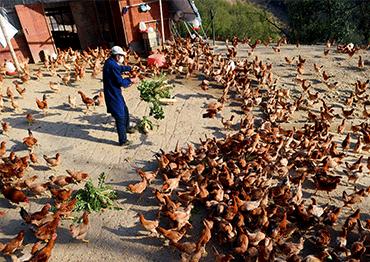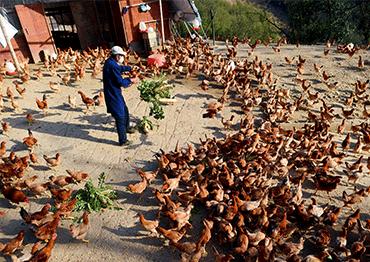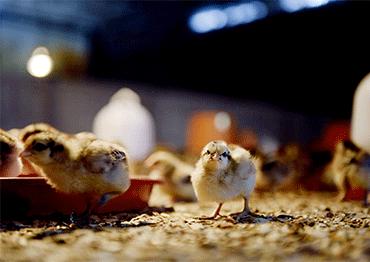The epidemic hit a poultry industry that is increasingly interdependent and reliant on shipping, as local governments tightened restrictions on transportation lines, restricted breeders’ licenses or blocked roads. Since the industry is not centralized, with links from feed production to meat processing distributed across the country, transport is crucial to keeping the chain intact.
Covid-19 differs from previous avian flu outbreaks, where only specific sections of the chain were affected, explained Ma Chuang, vice general manager of Boya Hexun Agriculture Technology Company, an agriculture consultancy.
Eager to get feed to farmers in need, Xie appealed for permission to Dangyang government on January 25, but he was refused, despite having a license from the destination city. Eventually, he got one shipment through, which he said barely helped.
The difficulties in transporting agricultural products sparked concern among authorities early on. Chinese ministries of agriculture, transport and public security issued a notice on January 30 that prohibited local authorities from setting up unapproved checkpoints and roadblocks to allow for shipment of fresh produce and agricultural supplies.
But this did little to solve the problem. In an open letter on February 1, the CAAA accused some local governments of taking epidemic control measures too far and stopped shipping altogether, preventing the sale of livestock and feed.
“There was no unified policy to address the problem. Only when local officials in charge pay attention, will it be solved,” said Wu Zhimin, supervisor of the Hubei Poultry Association.
Hubei is the sixth-largest producer of poultry and eggs in China. In 2019 it sold some 530 million birds and had nearly 350 million in stock that required 3,000 tons of feed daily. Facing epidemic controls and transport restrictions, “most farms were running out of food,” read a letter from Hubei Poultry Association seeking help from the CAAA on January 28.
The closure of wet markets only aggravated the situation. On February 1, Henan became the first province to close its wet markets, followed by other regions. “At that time, 27 provinces and cities closed their wet markets. For certain species of poultry, wet markets provide an important trade channel. The closure clogged it,” said Gong Guifen, secretary general of the CAAA poultry branch.
Starting March 10, Zhang traveled south from eastern Shandong Province through Anhui, Zhejiang and Jiangxi provinces to survey the impact of the epidemic on poultry farming. He said the wet market closures had been devastating.
“Many farmers said they would stop buying chicks before April to cut their losses and hoped wet markets would open soon,” said Zhang, adding that while some chicken farmers are adjusting to the changes, others are hesitant. Some are leaving the industry altogether.
The vulnerability of the live poultry market has been a long-standing problem for the industry. “Every time there is a major epidemic it affects poultry. Poultry markets are closed before the origin of the virus is located. This recklessness hurts chicken farmers,” Gong said.
To protect chicken farmers from such outbreaks that happen every few years, Ma suggested that the industry establish standard protocols for every link to ensure product safety and protect farmers.

 Old Version
Old Version

